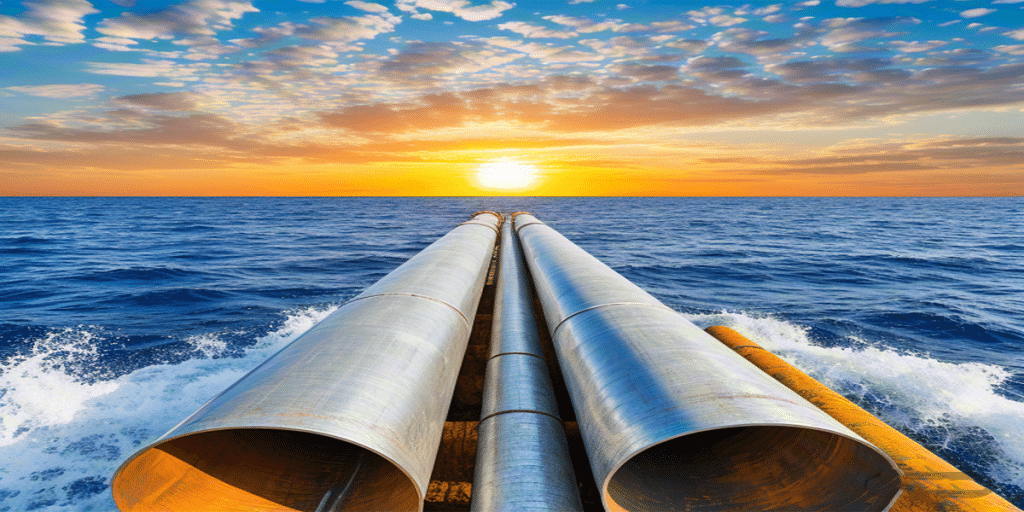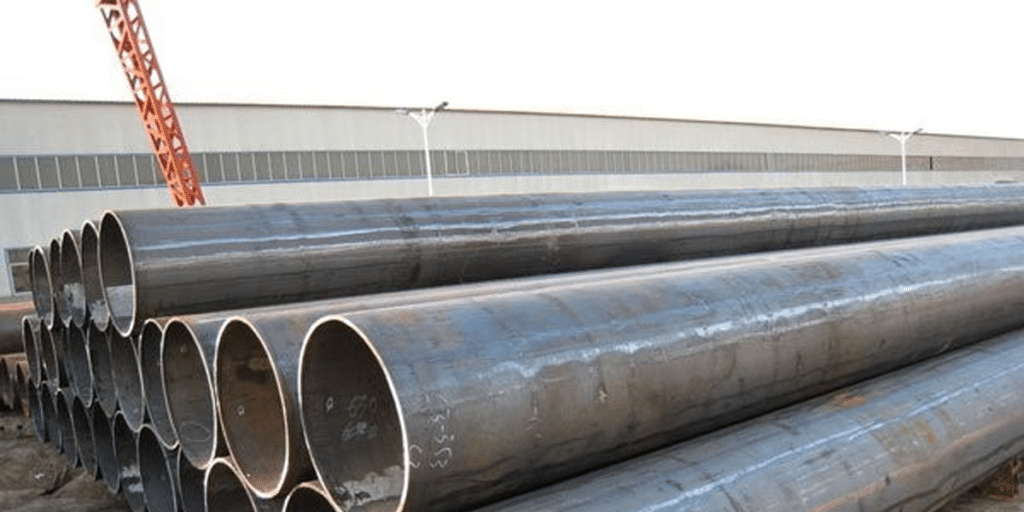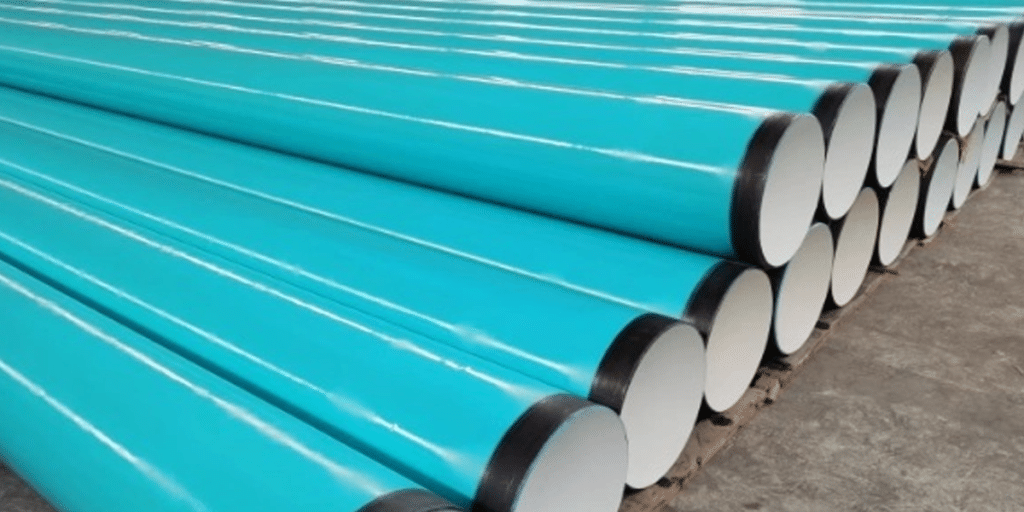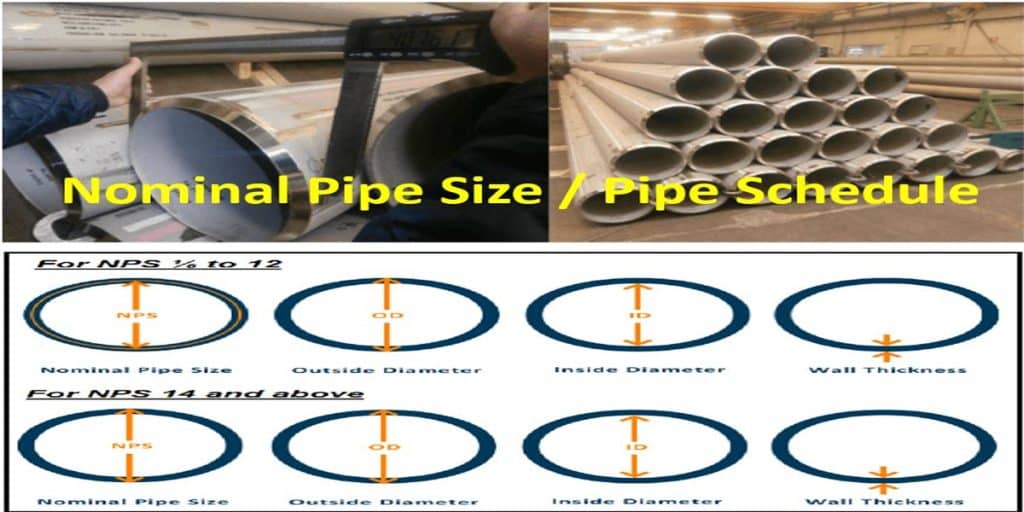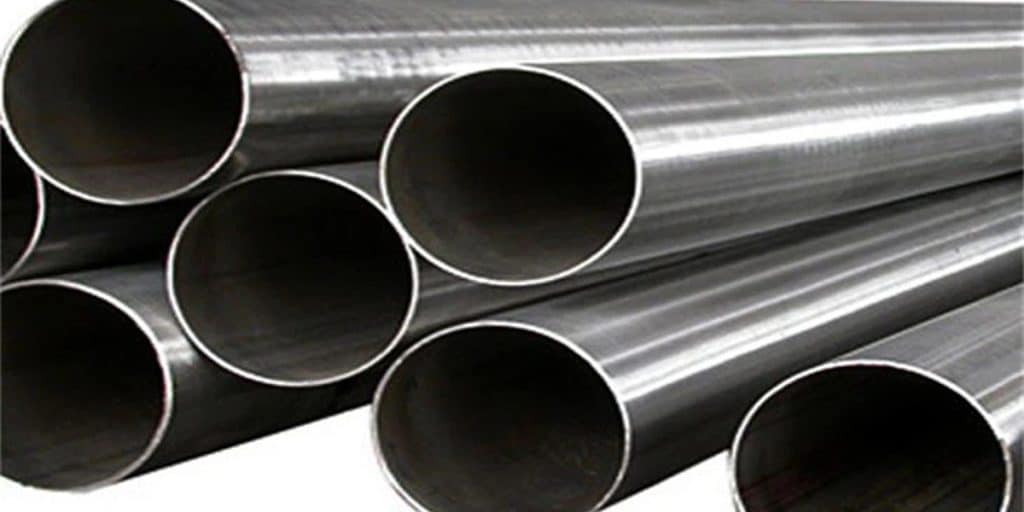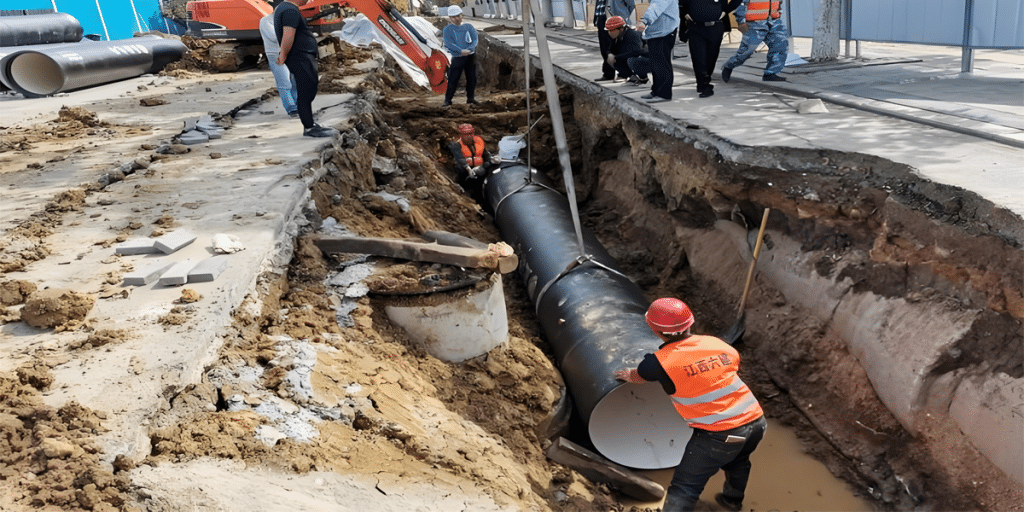API 5L vs. ASTM A53 vs. ASTM A106: Choosing the Right Pipe Specification for Your Project
API 5L (American Petroleum Institute Specification 5L), ASTM A53 (American Society for Testing and Materials Specification A53) and ASTM A106 (American Society for Testing and Materials Specification A106) are the three main standards that govern the manufacture and application of steel pipe. Each specification is customized for a specific application, and understanding the differences is critical to making informed decisions across a wide range of industries. Let’s take an in-depth look at the differences between API 5L, ASTM A53 and ASTM A106, considering their scope, applications and key features.
1. API 5L: Pipeline Standard
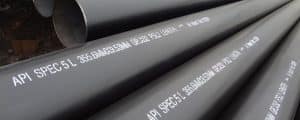
Scope:
– Focus: API 5L is a pipeline pipe designed for the transportation of oil, gas and water, primarily for use in the oil and gas industry.
– Grades: It consists of two product specification levels (API 5L PSL1 and API 5L PSL2) that provide different levels of performance and testing requirements.
Applications:
– Industrial: Mainly used in the oil and gas industry to construct pipelines for the transportation of hydrocarbons over long distances.
– Pipe Type: API 5L covers seamless and welded steel pipe, providing flexibility in design and construction.
Key Considerations:
– Grades: Various grades such as B, X42-X80 indicate different strength levels and compositions.
– Testing: Rigorous testing is required, including non-destructive testing (NDT), chemical composition analysis and mechanical property testing. 2.
2. ASTM A53: General Purpose Piping
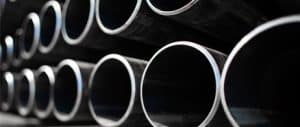
Scope:
– Focus: ASTM A53 covers black and hot-dipped galvanized seamless and welded steel pipe.
– General Purpose: Not limited to the oil and gas industry, it is suitable for general purpose applications such as plumbing and construction.
Areas of application:
– Industry: Used in a variety of industries where fluids and gases need to be transported under varying conditions.
– Pipe Types: Both seamless and welded options are available to suit a variety of project needs.
Key Considerations:
– Class: Limited to Class A and Class B, with Class B being more common.
– Testing: Standard test procedures are required, including hydrostatic and non-destructive electrical testing. 3.
3. ASTM A106: high temperature service
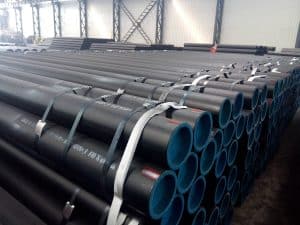
Scope:
– Focus: ASTM A106 specifically covers seamless carbon steel pipe for high-temperature service (up to 750°F).
– Temperature Range: For applications where high temperatures are encountered.
Applications:
– Industries: Widely used in power generation, petrochemical and refining industries where high temperatures are encountered.
– TUBE TYPES: Seamless steel tubing primarily for use in environments subject to high pressures and temperatures.
Main Considerations:
– Grades: A, B and C with different tensile and yield strengths.
– Testing: Through standardized testing procedures, including hydrotesting and non-destructive testing.
Key Comparisons
1. Temperature range:
– API 5L: Suitable for a wide range of temperatures, but not designed for high-temperature applications.
– ASTM A53: Designed for general purpose applications, not specifically for high temperature applications.
– ASTM A106: Designed for high temperature applications and suitable for harsh environments.
2. Grade selection:
– API 5L: Various grades (e.g., API 5L Gr. B, X42, X46, X52, X56, X60, X65, X70, X80) are available to meet different strength and service requirements.
– ASTM A53: Limited to Grade A and Grade B, with Grade B being the more commonly used.
– ASTM A106: Divided into three grades (A, B, C) with different tensile and yield strengths.
3. Application focus:
– API 5L: Mainly used for long-distance pipeline construction in the oil and gas industry.
– ASTM A53: Widely used for general purpose applications in pipeline and construction.
– ASTM A106: Suitable for industries where high temperature and high pressure conditions are prevalent.
Choosing the Right Specification
Choosing between API 5L pipe, ASTM A53 and ASTM A106 pipes depends on the specific requirements of the project. Each specification has different uses, with API 5L designed for pipeline construction, ASTM A53 for general applications, and ASTM A106 for high-temperature service. Considerations such as industry, temperature conditions, strength requirements and testing standards are critical when making an informed decision.
For pipeline projects in the oil and gas industry, API 5L pipeline is often preferred due to its specialized nature. On the other hand, ASTM A53 offers versatility for a variety of applications, while ASTM A106 is the preferred specification for high-temperature industries.
Understanding the nuances of each specification allows engineers and project managers to make decisions based on the specific needs of the project, ensuring that the pipe selected meets the requirements in terms of performance, safety and service life.
LONGMA is one of China leading steel pipes manufacturers since 2003, certified by API 5L, ISO9001, ISO14001, FPC. Contact by info@ilongma.com to get more information.


